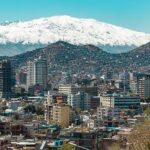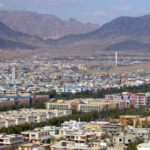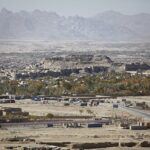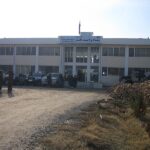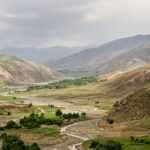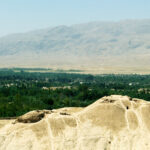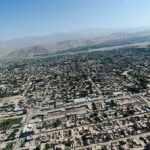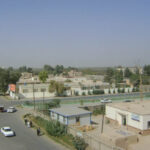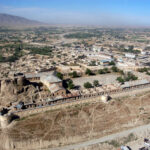Herat
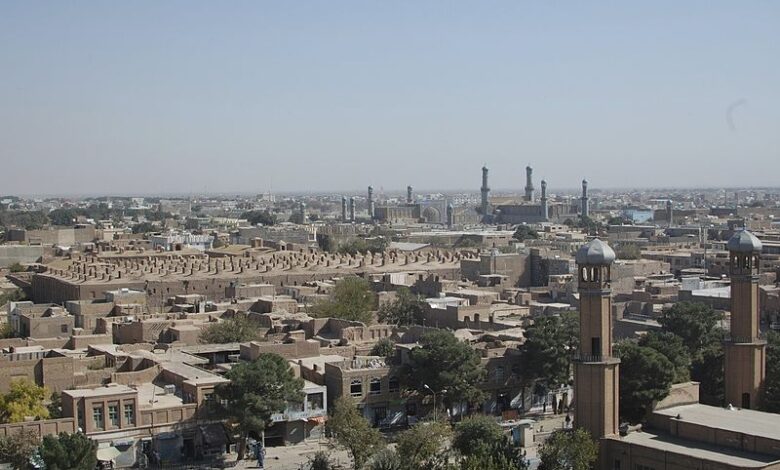
Herat is a city located in western Afghanistan. It is the capital of Herat Province and is one of the country’s largest and historically significant cities. Herat has a rich history that dates back over 2,000 years, with influences from various civilizations, including Persian, Greek, Mongol, and others.
The city has been a centre of trade, culture, and learning throughout its history. Herat was an important city along the ancient Silk Road, connecting the East and West. It has been a hub for art, literature, and intellectual pursuits, contributing to the cultural heritage of the region.
It is known for its historic architecture, including the Herat Citadel, the Friday Mosque (Jami Masjid), and other significant landmarks. The city has experienced periods of both prosperity and conflict, and its historical sites reflect the diverse influences and changes it has undergone over the centuries.
| ID |
|---|
| 74 |
| Name |
| Herāt |
| State ID |
| 3887 |
| State Code |
| HER |
| State Name |
| Herat |
| Country ID |
| 1 |
| Country Code |
| AF |
| Country Name |
| Afghanistan |
| Latitude |
| 34.34817000 |
| Longitude |
| 62.19967000 |
| WikiData ID |
| Q45313 |
